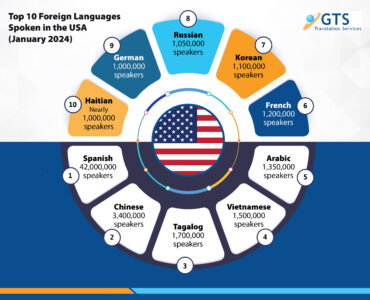In the Pyrenees, the rules are simple. If you are on the south side of the mountain range, then you are in Spain. And if in the north, then in France. But in the Val d’Aran region everything goes awry.
It turns out that Val d’Aran is on the wrong side of the mountains. Geographically, this small mountain valley with a population of 10,000 people should belong to France. But historically, Val d’Aran is the only community within Spain located on the northern slopes of the Pyrenees. Officially, Val d’Aran is part of the administrative boundaries of Catalonia, but at the same time retains its special identity. A key element of this identity is the Aranese language, which, along with Catalan and Spanish, is officially recognized as the third language of Catalonia. Aranese is very close to Latin, but developed very differently from Spanish and French.
This is a separate dialect of the Occitan language, which in its medieval heyday was spoken from the Pyrenees to Piedmont, located on the territory of modern Northern Italy. This was the territory of the troubadours.
The 11th and 12th centuries saw an explosion of Occitan poetry across Europe. The language became popular due to the fact that many poets and songwriters composed and performed medieval romances in Occitan. Even Richard I of England, better known as Richard the Lionheart, who owned lands in France, spoke Occitan (his mother, Eleanor of Aquitaine, was from the Occitan region). However, in the ensuing centuries, the Occitan language was supplanted by other languages. And in the south of France, where tens of thousands of Occitan speakers still live, this language did not become official and did not receive state protection.
In Val d’Aran, Occitan is preserved as Aranese. According to the government, about 4,000 inhabitants of Val d’Aran – about 40% of the population – can read, write and speak Aranese. When Val d’Aran received autonomy from the Catalan government in 1991, the language was recognized within the region as official. And already in 2010, it was proclaimed official along with Spanish and Catalan, not only in Val d’Aran, but throughout Catalonia.
Schoolchildren in Val d’Aran study in Aranese. Many fiction books and articles are written in Aranese; radio broadcasts and news programs are broadcast in this language.
Traditionally, the Val d’Aran is considered to be an isolated place, and therefore the Aranese people managed to preserve their unique culture. But in fact, this is not so: the region has always been a place of trade – it is a valley of communication, not isolation. Before the tunnel was built connecting the Val d’Aran with Spain, the Aranese always traded with France.
Today, 92% of the valley’s economy depends on tourism: hiking, mountain biking and rafting in summer and snow sports in winter. Despite the official status and legal protection, the growth of tourism and immigration to the Val d’Aran is causing the Aranese language to be gradually replaced by Spanish.
The locals are concerned: only about 20% of the people in Val d’Aran speak Aranese on a regular basis. The language is in danger, and in 20 or 30 years it may become extinct. But things may not be so bad: the government estimates that about 80% of people living in the valley understand Aranese, even if they don’t always speak it.





